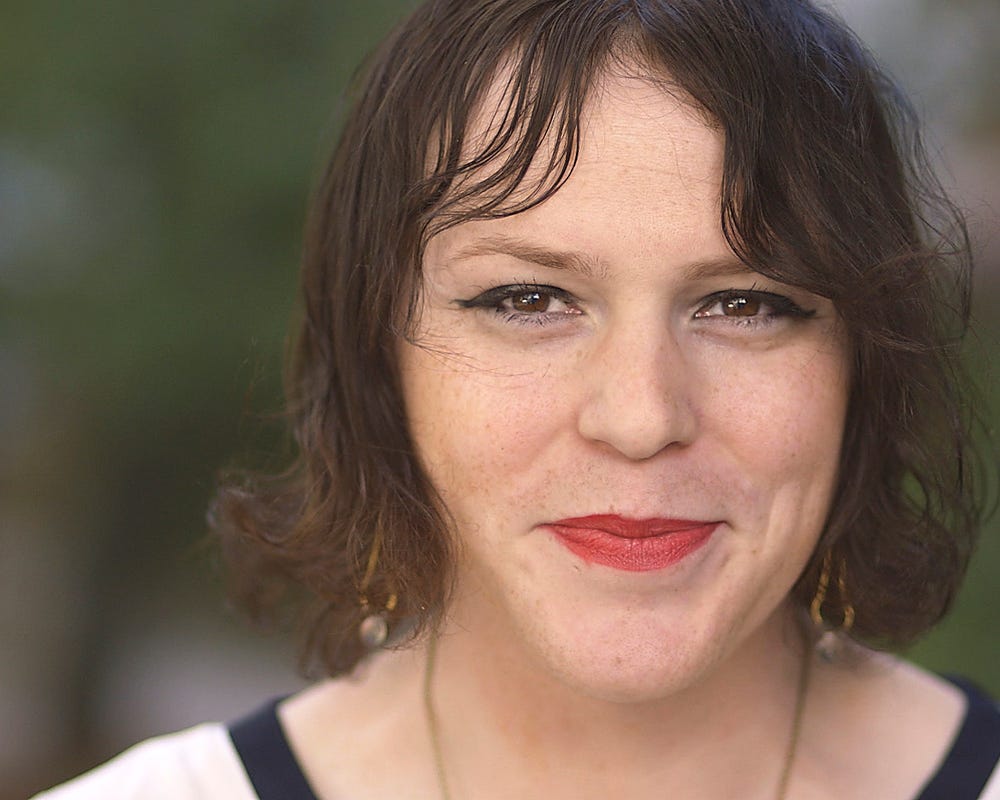Paul — 2:15: “That is a very empowering moment when you go like, ‘I can make my own reality,’ and as you get better you start to look like a better and better musician regardless of how your music is.”
Paul — 5:30: “When you create something and there’s a lot of heat and light, and you’re making that new thing, your life is really tumultuous at that point. Then it goes out — it’s very emotionally tiring to go back to it.”
Robyn — 5:55: “I think my identity was a ‘bad thing’ for a while and then all of a sudden became a good and popular thing, and never really having the time to process that while trying to ship an actual experience — that was sort of the experience of it.”
Robyn — 6:25: “It’s not that they weren’t understanding [my identity], they just didn’t know how to have a conversation about it. They weren’t able to separate me from the work that I did and it was a deep UX problem to solve that kind of stuff […] It was a lot of patting me on the shoulder like, ‘good job, kid!’ and I was like, ‘if this was a shoe company you would think I was the freshest shit. It’s because it’s like a healthcare company you’re devaluing me right now.’”
Robyn — 7:35: “[Design thinking] is a methodology. I think designers think very highly of themselves for something that’s remarkably simple for the most part. I think design thinking is like, ‘great, you know how to work post-its, cool!’”
Robyn — 8:15: “When I think of systems, I think of things that already exist. I think music is one of the most perfect systems ever because everything has a time signature, everything has a rhythm and a melody. They all work together at the same time which is to me the most wild shit in the world… It’s all harmonious.”
Robyn — 11:00: “What’s interesting in-house is that you have to deal with politics. I think if you take the sprint at face-value it’s really cool. Once you introduce company politics it gets a lot hazier. I think when it comes to that approach you need a person in the room who can balance feelings.”
Robyn — 14:00: “Everything has a legacy, right. Every time I touched a product at Amazon, I knew I might be messing with code that’s at least seven years old.”
Robyn — 15:40: “[The goal of Amazon] is to try to naturally be in your life.”
Robyn — 16:05: “If you use time as the success metric, then you start having questions about where does this person need me, or where can I be more effective in their life?”
Robyn — 18:20: “If we think about the classic definition of design, it’s the solution to a problem within aesthetic constraints. For some unknown reason, people got it in their head that that meant type and color. For the life of me, I don’t fucking know why, because for me it means so many different things, and those different things are the conversations that really excite me.”
Robyn — 22:35: “Yes, I’ll get you the rectangle but we’re gonna talk about it first. That’s it. If we have a conversation about it first and we can figure out that the rectangle does X, Y and Z, then I’ll get you the rectangle.”
Robyn — 24:00: “If somebody is asking me for a rectangle and they’re more frustrated with the fact that I’m asking them a question about the rectangle, I don’t think I’m the problem in that situation. I think the problem is you can’t tell me why you need a rectangle.”
Paul — 24:35: “So your goal is to back people into systems that they can then use to do better work in the future.”
Robyn — 25:05: “A basketball team is made up of many people that do different things. There’s a center, there’s a point guard, there’s a small forward — they’re all basketball players. ‘Designer’ is just an umbrella word that includes a lot of different people.”
[A full transcript of this episode is available.]
LINKS

